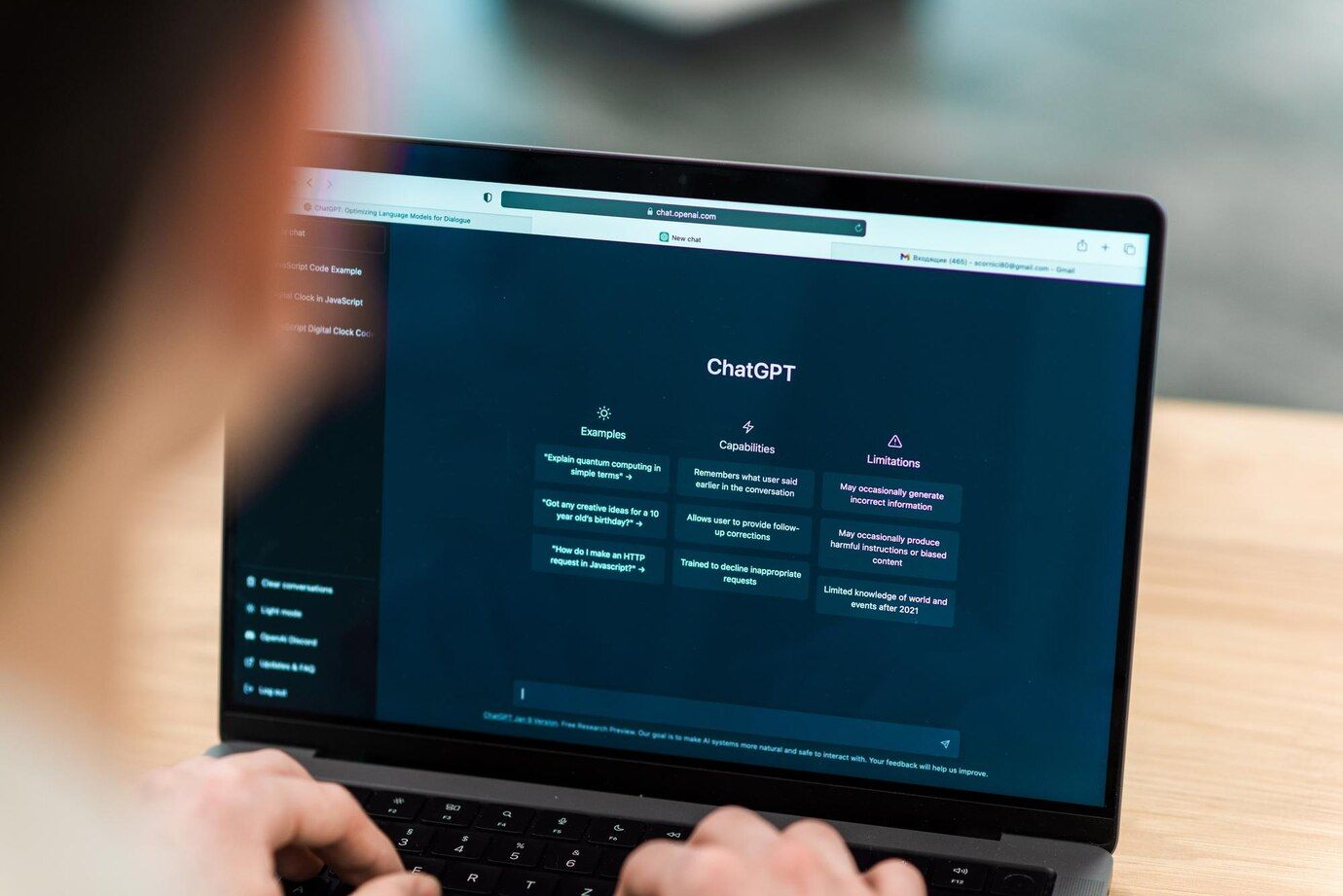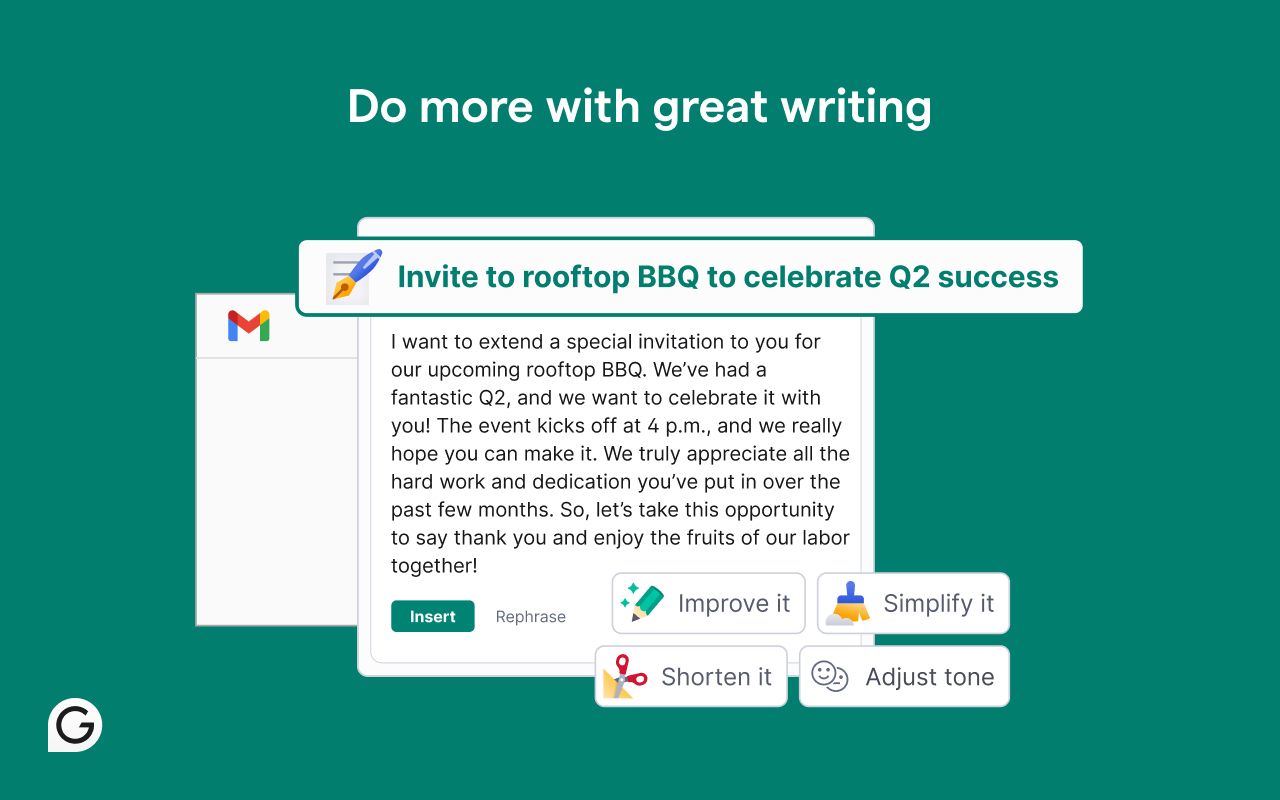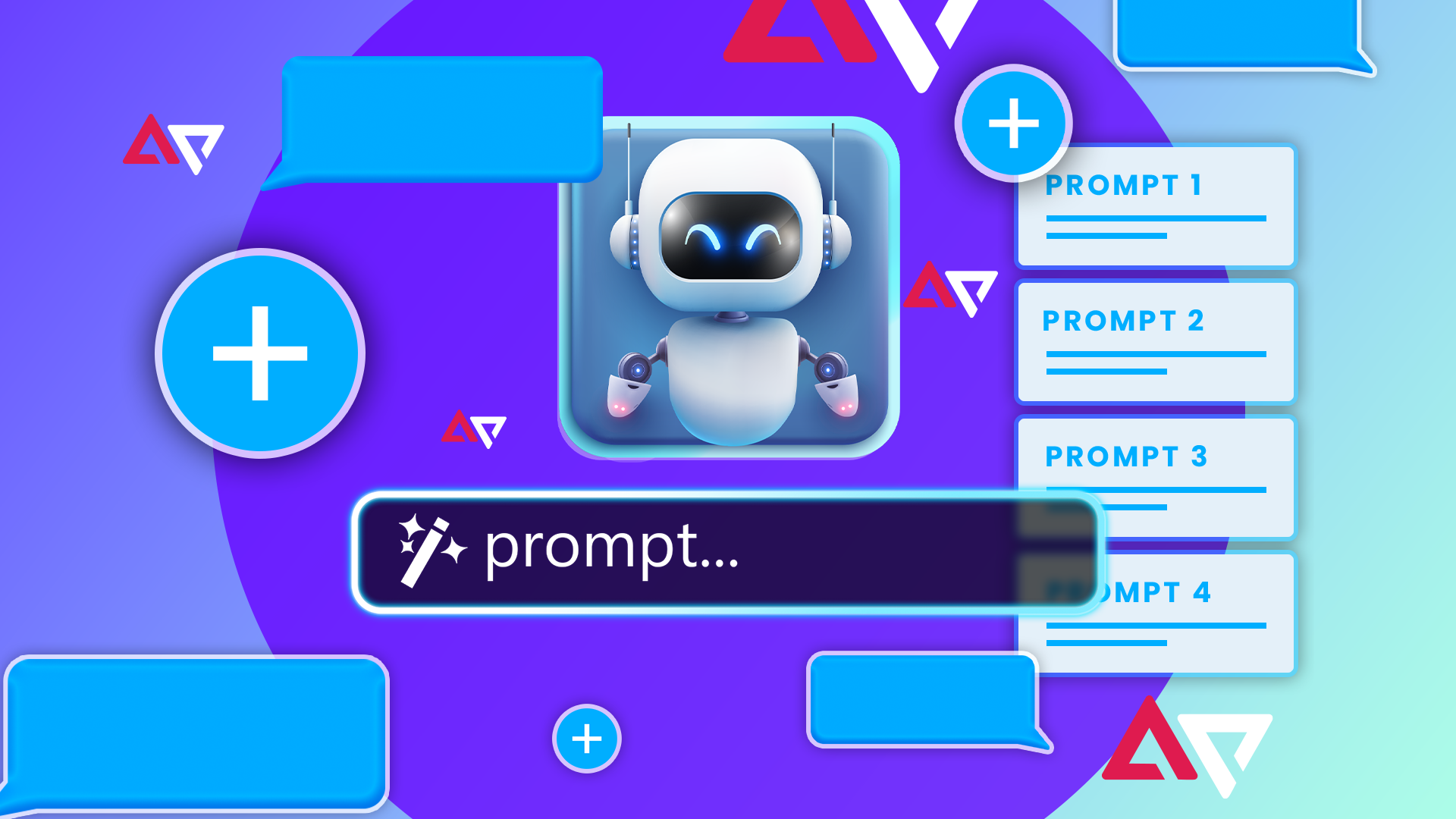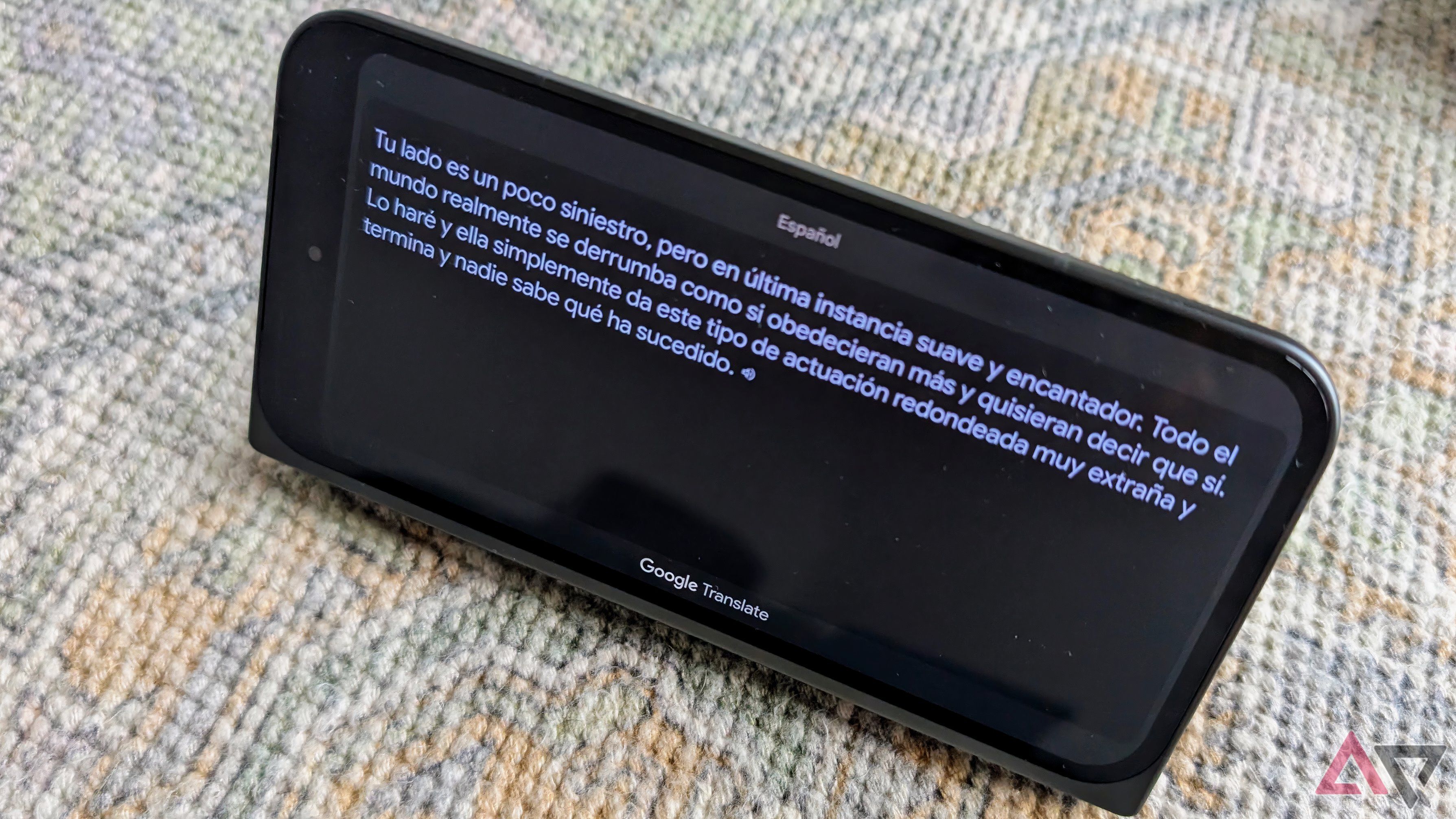You may have previously used the Duolingo app to learn a new language. While the app provides tools to learn the basics, it doesn’t always help you understand the why. That’s where AI comes in; it can provide additional insight when studying a new language. That’s why it is no surprise that more language learning platforms have been looking into incorporating AI to stay ahead.
Research has shown that AI chatbots can help users learn vocabulary and language skills when they provide corrective feedback. Thankfully, it is easy to access AI tools on language learning platforms and chatbots. We can quickly access them from Chromebooks, phones, and other portable devices. Here’s what you can do to leverage AI to help you learn a new language faster.
Related
10 ways I use AI to simplify my daily life
Learn new ways to do work, studies, and hobbies
Problems with using AI to learn a new language faster
While AI has shown its capabilities as an indispensable learning tool, it is prone to making mistakes. If you are a beginner in a new language, you may not realize the errors and biases that occur while conversing with the AI. We’ve highlighted the common concerns for relying on AI to learn a new language faster below:
- There are cultural limitations that prevent you from mastering a foreign language. AIs may lack context awareness or understanding of different formalities presented in a language. You can only gain this from real experience (conversing with fluent speakers and natives).
- Errors in responses: Answers may vary in correctness and contain biases, hallucinations, and misleading information.
- No human reviewer is involved, so you might not know the mistakes AI can make as a complete beginner. It is easy to take AI results as a matter of fact. Information provided by the AI might also be outdated.
- You might find inaccuracies in words that have multiple meanings. The AI may give you the most popular response by default, which isn’t always correct.
- It doesn’t necessarily support all languages. Learning a regional variant, like Canadian French, might be difficult.
AI can help you get up to speed on learning a new language, but we always recommend consulting an expert or a fluent peer to review your training materials/AI results.
8
Gain instant feedback
Expect immediate responses
Source: frimufilms/Freepik
Most AI are equipped to give instant feedback. So you will find out immediately what you’ve got right and wrong. It’s much more convenient than waiting for a teacher to grade your test and return those results to you. It’s especially popular when you’re learning a new coding language. Since a large part of learning a programming language requires back-and-forth feedback while doing it. AI has shown its prowess in this area.
7
More conversational practice
Get on-demand speaking experience with AI
Conversational practice is an essential part of picking up a new language. It helps you learn by doing. For example, I’ve personally struggled to keep up with a newer language because I lacked conversational practice.
Learning with a partner is much easier. However, finding time to do so is not always the most convenient. With AI, scheduling is unnecessary; you can practice conversationally at any time, any day. You can start that easily from your mobile device with Gemini Live and other platforms. Google is steadily updating Gemini Live’s accessibility so more users can easily access conversationalist AI.

Related
13 simple Google Gemini tips and tricks for maximum productivity
Summarize, simplify, streamline, and more
6
Grammar review help
AI can assist in word usage, punctuation, and sentence structure
Source: Chrome Web Store
The leading AI chatbots are large language modules (LLMs). These AIs are trained to understand, interpret, and generate human language. A big part of that is interpreting and understanding grammar. AI can point out grammar mistakes and spelling and provide feedback on sentence structure and tone. Some AI platforms specialize in tutoring grammar and may even offer elaborate explanations to enable your learning. Otherwise, try using it to identify the areas you need help in — maybe you are great with adjectives but have trouble conjugating verbs (French can be tricky).
Prepare for an upcoming test or assessment in minutes
Source: Pexels
Sometimes, we must study specific rules and certain words to make them stick. This requires a lot of exposure, so we don’t necessarily have to think about what to say and write. We can use AI to change the format and make it more fun. For example, we can ask AI to help you turn language rules into a rap song or ask it to create study aids (like flashcards). Instead of spending hours transcribing the material into another format, take a shortcut. Studying can be fun, and AI can help you get creative.
4
Provides a stress-free learning environment
It is only you and the AI
Source: Pexels
Learning a foreign language can be intimidating. Some of the issues can come from confidence and nerves. Mistakes are bound to happen along the way. But AI is here to help you with your journey. It can do so by making your learning environment more comfortable. AI enables you to learn on your own terms.
When you study one-on-one with AI, you do not have to worry about the pressure of falling behind compared to other students at your level. Training with AI alleviates all that stress and worry built up when learning a new language. AI is a judgment-free zone, so use that to your advantage.
3
Asking questions is also learning
Use AI to stimulate your thinking
Source: Lucas Gouveia/Android Police | ZinetroN/Shutterstock
If you’re conversing with a chatbot, one of the best uses is the ability to ask follow-up questions. Asking questions is important since it shows that you are thinking about what you are learning. It also helps identify areas of confusion. Questions can empower students to take ownership of their learning.
When sending in prompts to chatbots, we advise avoiding sending in vague prompts, and we recommend trying to be as specific as possible with as much context. Don’t forget to mention your skill level so the AI can respond at the most suitable level. Questions should also be in multiple responses, as you would if conversing with an actual teacher, tutor, or coach.
2
Tailored lesson plans
Personalize your learning with AI
Source: Pexels
AI can help create lesson plans that work for your level and assist you in practicing where you need the most help. For example, your reading comprehension might be adequate to understand a travel guide, demonstrating that you are comfortable with foreign food and tourism terminology. However, there might be general cultural customs that you struggle to understand even with a travel guide at hand. AI can help you focus on learning events, customs, and etiquette, allowing you to narrow down your focus. Personalizing your learning to identify problematic areas should expedite the process.
1
Real-time translation services
Bring your AI learning companion with you
If you’re learning a new language for travel purposes, you are bound to encounter experiences you aren’t sure how to handle. Having translation help on the go could boost your confidence. AI can provide that for you, so you don’t have to go somewhere new unequipped. Plus, it makes a great companion when you’re trying to plan on the spot on where to go next. Google and Samsung have added services to help you, like live transcription via Galaxy AI. Sometimes, it is nice to have a dependable companion.
Select your AI learning tools carefully
AI has undoubtedly become overwhelming in the learning space. Many platforms offer premium plans for AI. Thankfully, chatbots like ChatGPT and Google Gemini are much easier to access and are also free (with limitations). Once you’ve evaluated your preferred AI learning tools, you can check out language learning apps to strengthen your foundation.
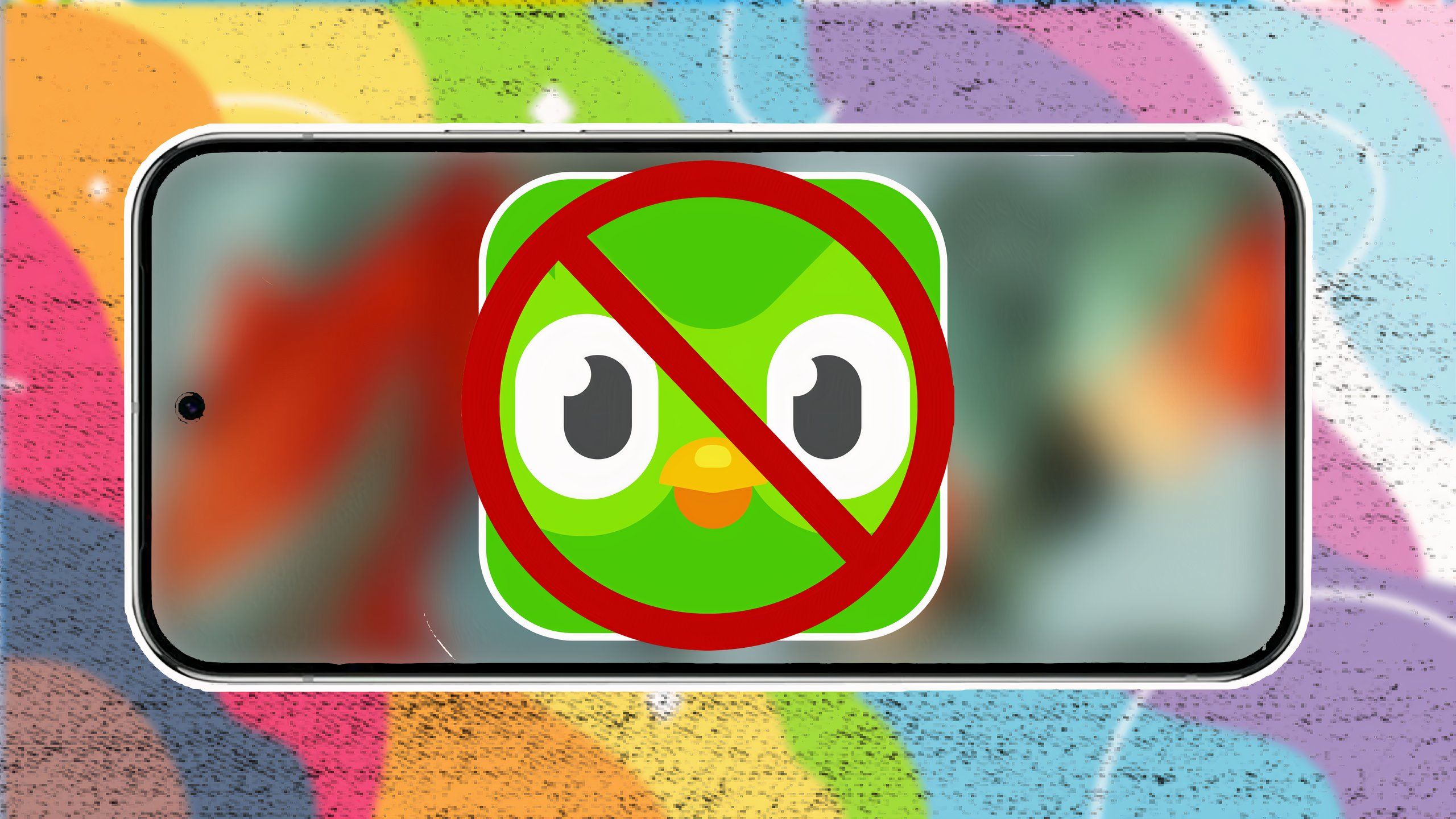
Related
5 excellent Duolingo alternatives for Mandarin Chinese learners
That owl is one needy bird of prey
